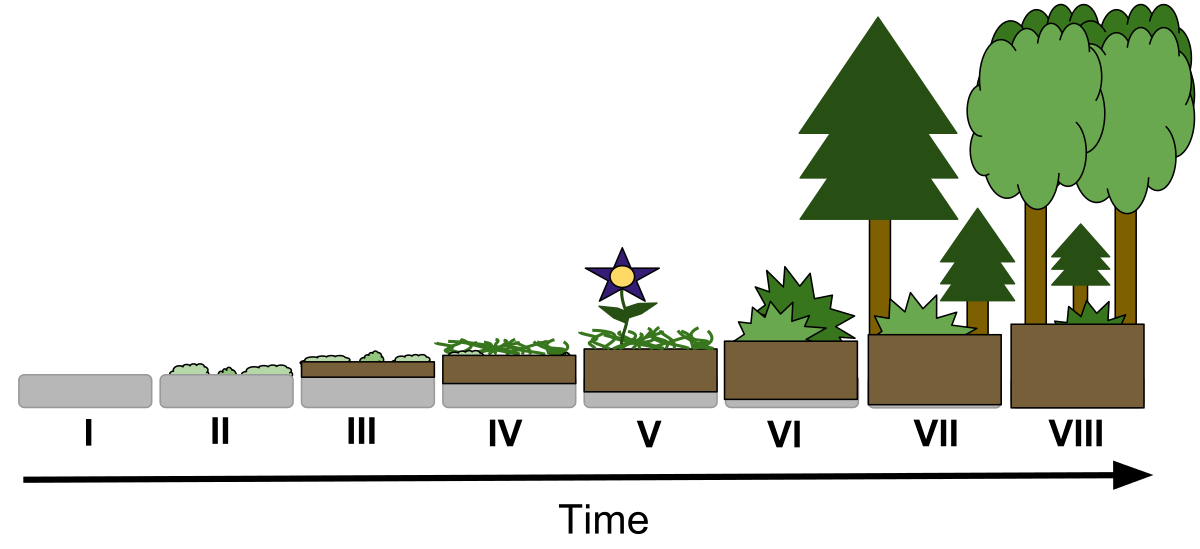Hi everyone, I would like advice on a garden I'm starting, my wife hates it as an idea because it's 40 meters away from home, but I have to start it. Basically the objective is to have good shaded areas, I thought of starting with the cypresses in the central area, with a down redwood, an ash tree, and then proceed with plane trees, lindens, and cedars, My doubt are these trees compatible at about 4,5 meters distance? I know pine trees tend to inhibit other plants, but cedars? Each square is 3 x 3 meters, any advice is always welcome, thanks😎
![[Hearth.com] help garden, are cedars near other trees ok? [Hearth.com] help garden, are cedars near other trees ok?](https://www.hearth.com/talk/data/attachments/315/315950-5260a162a0574218cd47adba83dc29b6.jpg?hash=6KHQbo2JF5)
![[Hearth.com] help garden, are cedars near other trees ok? [Hearth.com] help garden, are cedars near other trees ok?](https://www.hearth.com/talk/data/attachments/315/315950-5260a162a0574218cd47adba83dc29b6.jpg?hash=6KHQbo2JF5)


![[Hearth.com] help garden, are cedars near other trees ok? [Hearth.com] help garden, are cedars near other trees ok?](https://www.hearth.com/talk/data/attachments/315/315989-b08d395f2883bd7898cca67ff7a5f9f0.jpg?hash=nrNhENURqp)
![[Hearth.com] help garden, are cedars near other trees ok? [Hearth.com] help garden, are cedars near other trees ok?](https://www.hearth.com/talk/data/attachments/315/315990-ff9f22df8d216bcd30f422a07d0c2618.jpg?hash=pGaYafTIJA)
![[Hearth.com] help garden, are cedars near other trees ok? [Hearth.com] help garden, are cedars near other trees ok?](https://www.hearth.com/talk/data/attachments/315/315991-a6ab2587a53edd97c2a6a6bffa24acc2.jpg?hash=zkLqIcCRzq)
![[Hearth.com] help garden, are cedars near other trees ok? [Hearth.com] help garden, are cedars near other trees ok?](https://www.hearth.com/talk/data/attachments/315/315993-d9b9c4083a88dfb0af6e5a41bba08be6.jpg?hash=V_If9b5aYW)
